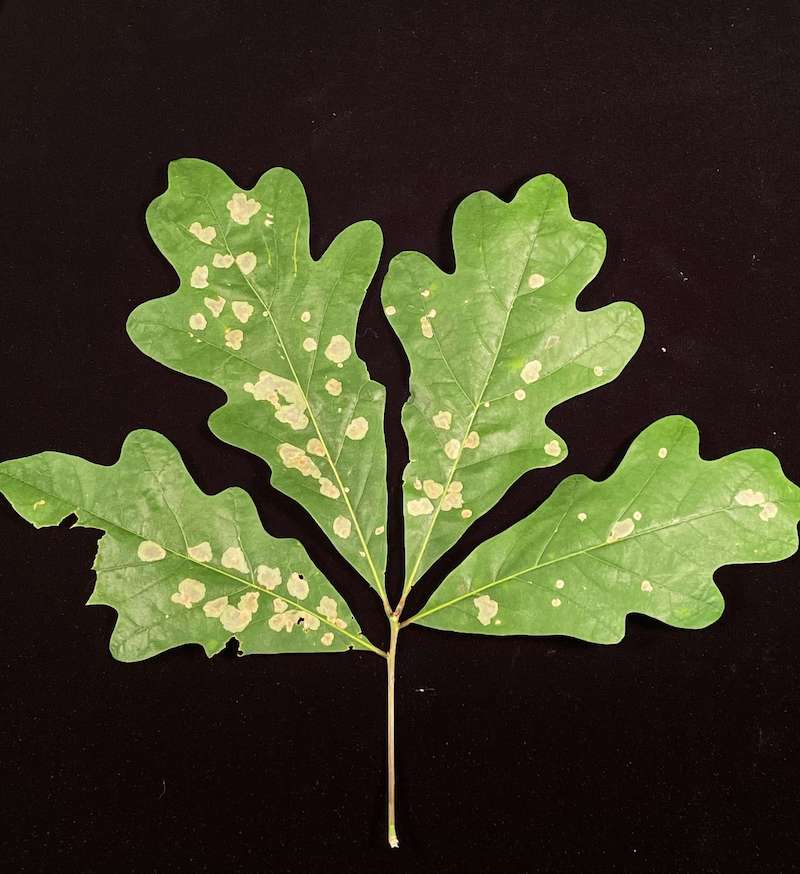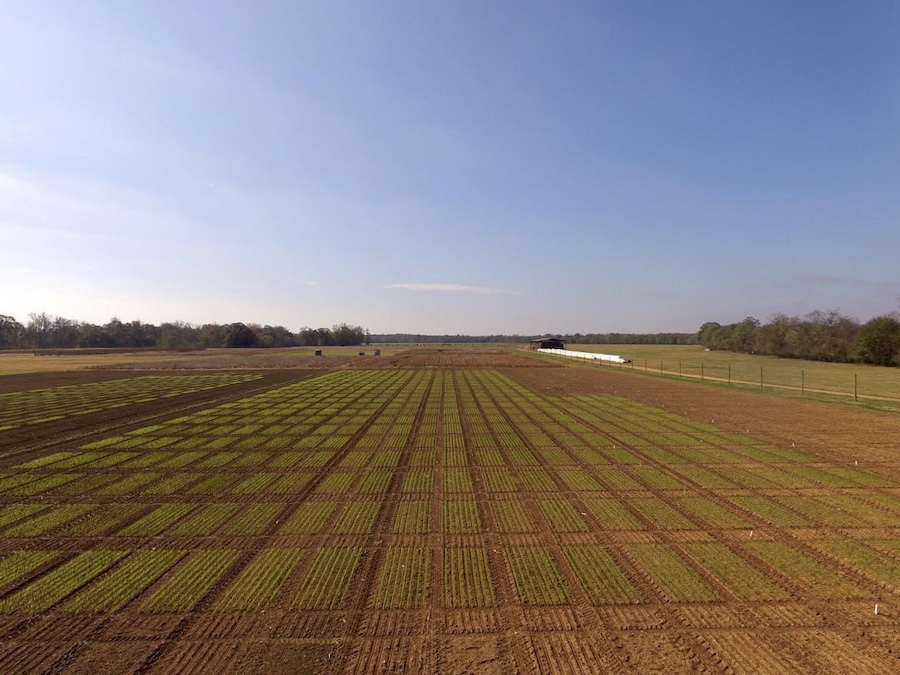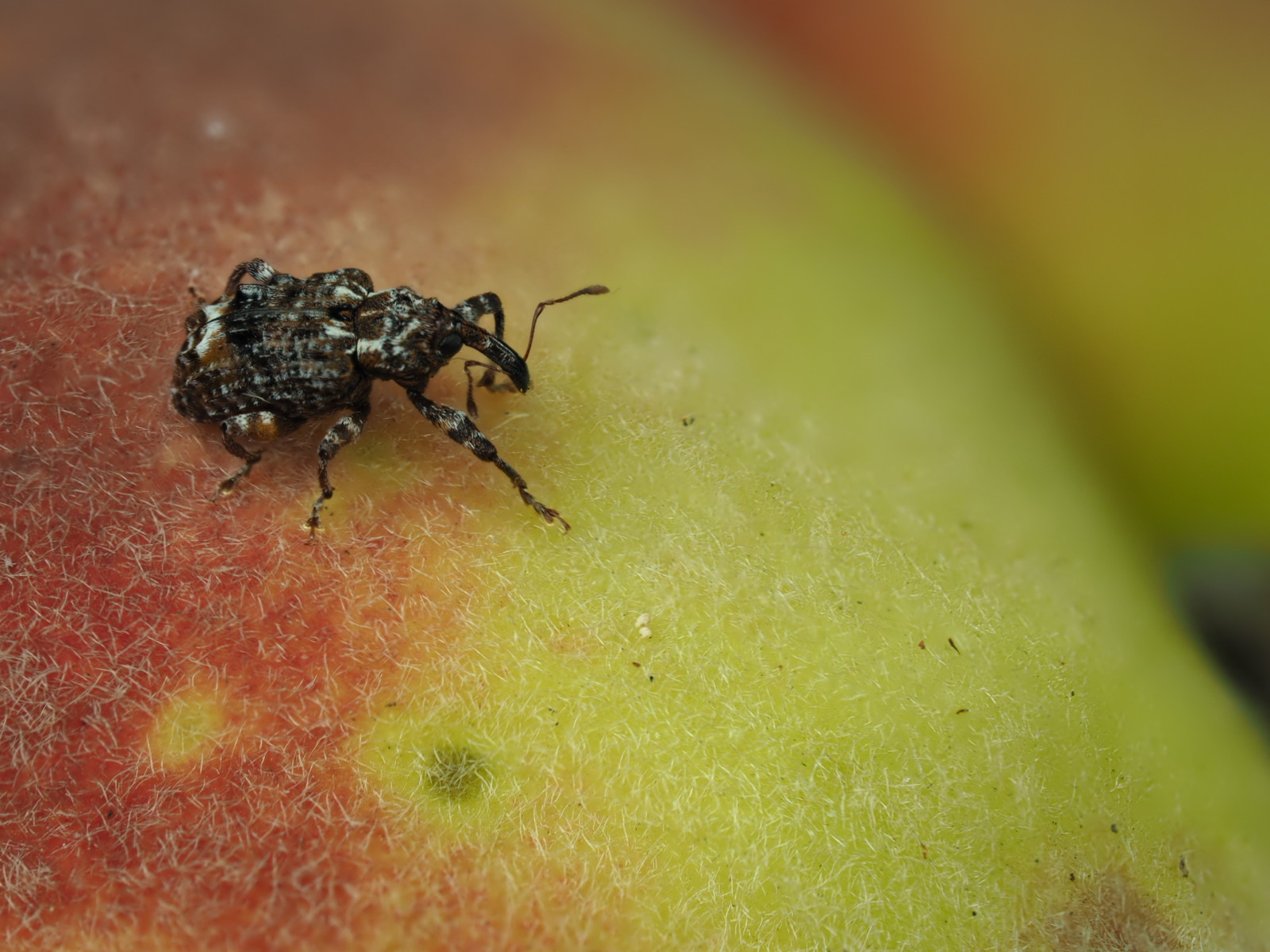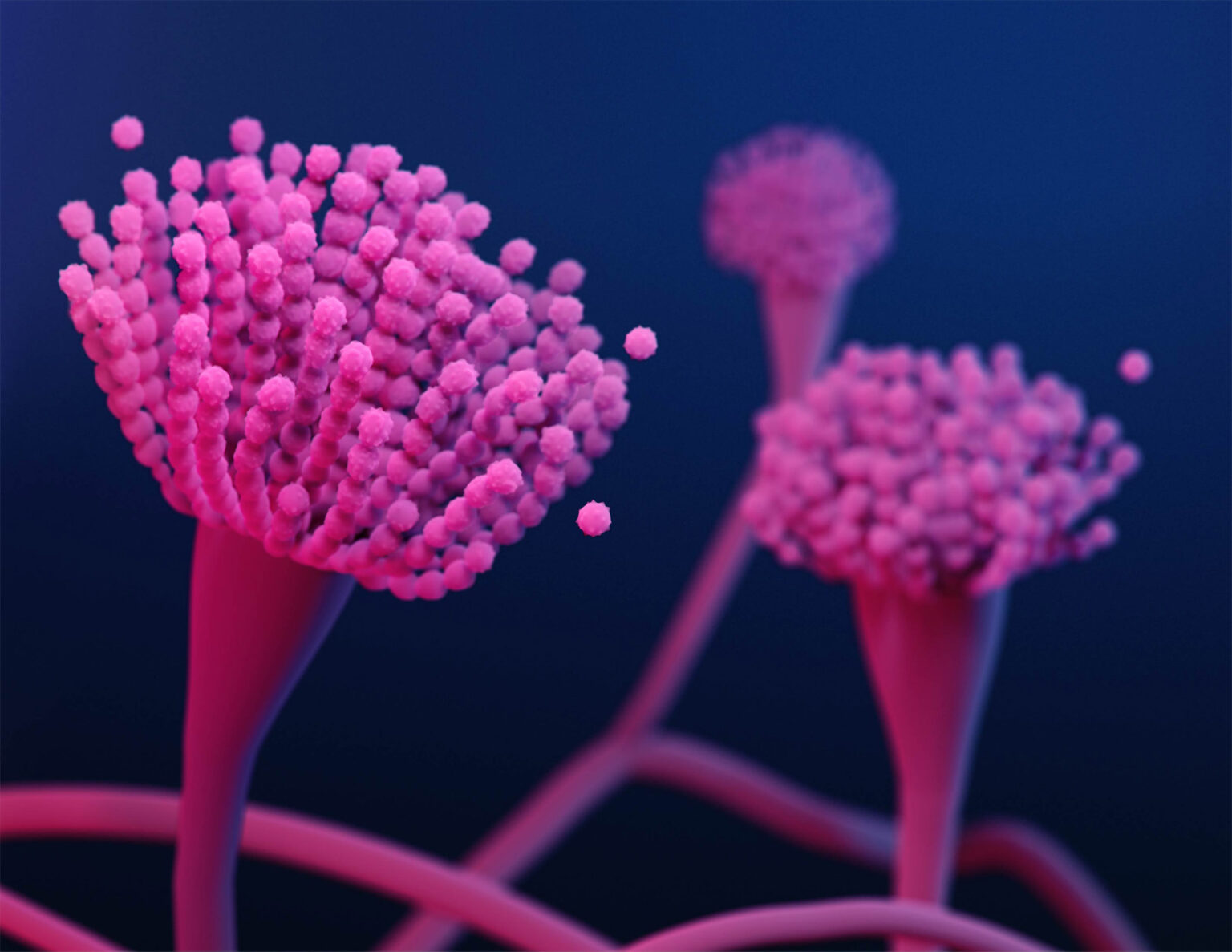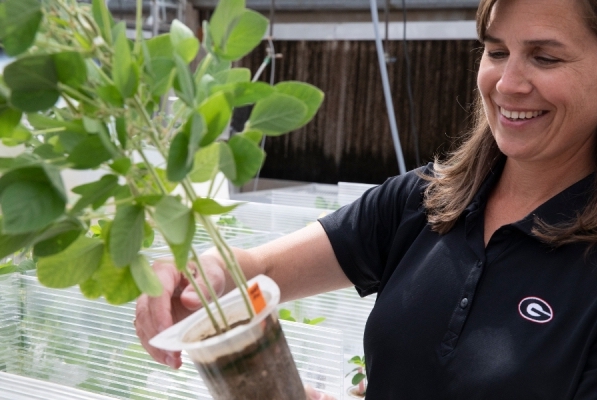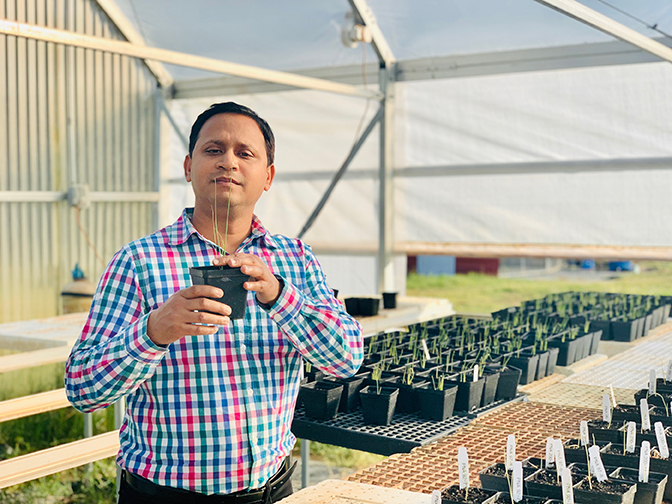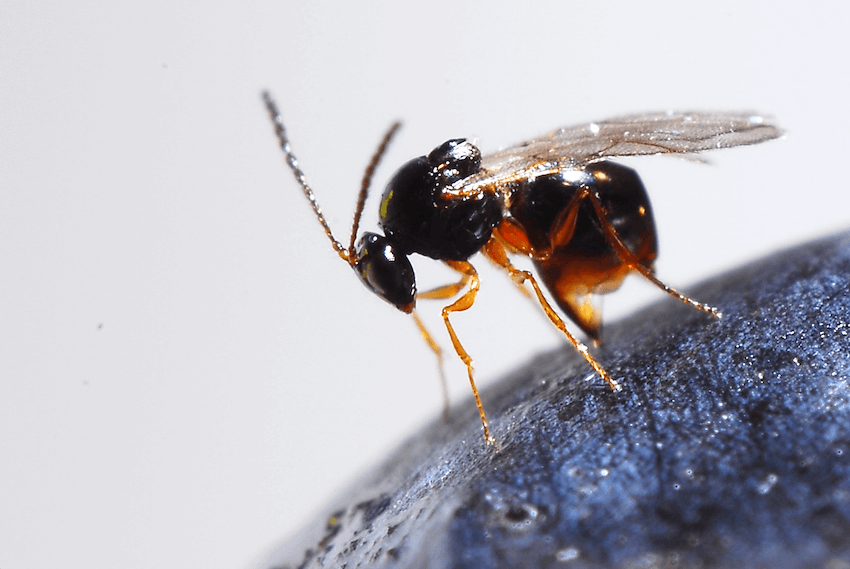 CAES News
CAES News
SWD Biocontrol
In a quiet field of abandoned blueberries and shrubby brush in south Georgia, Cera Jones released hundreds of tiny parasitoid wasps into the thicket and watched them fly away, following their natural instinct in search of a host to incubate their predatory progeny.

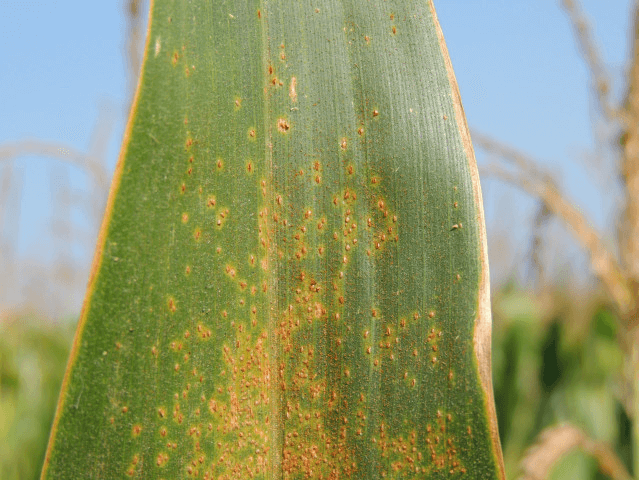
.jpg)
